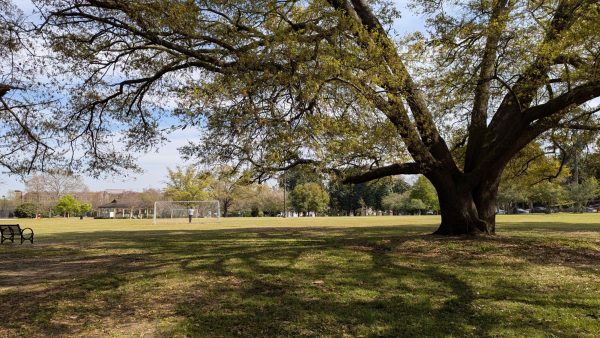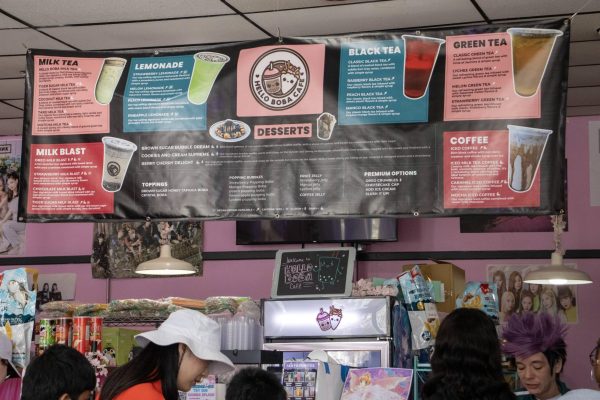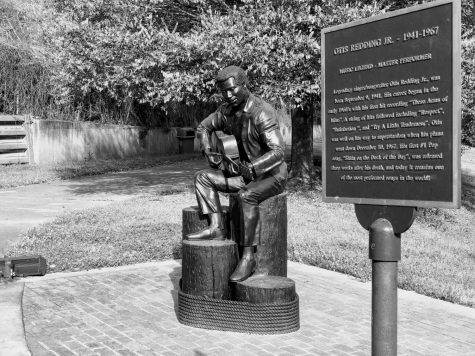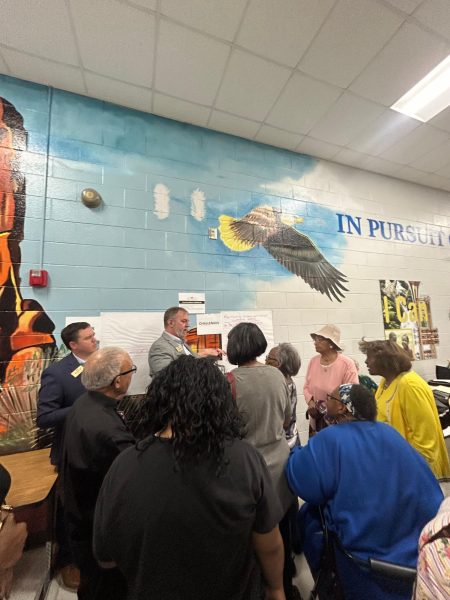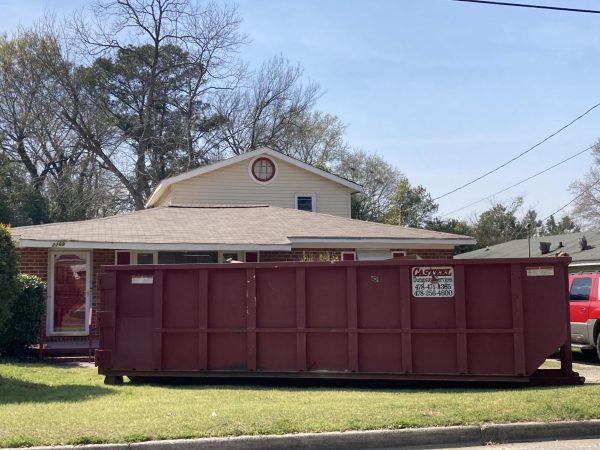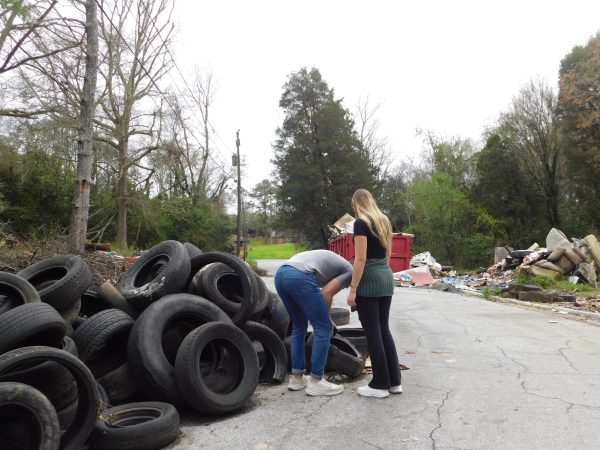What Makes “Safe” Water Safe?
When part of Milledgeville’s water treatment plant failed last month, many businesses and homeowners lost their access to clean, safe water. They briefly joined the more than 1 in 10 people globally who lack access to safe water.
“It has happened much more frequently than you would think for a town that has resources as we do, but they just aren’t using them– apparently– for water,” Milledgeville resident Anna Whiteside told WMAZ. She stated that she’d lost water 10 times in her eight years living there.
For many parts of the world, these issues with water access are an everyday occurrence.
Dr. Addie Buerck, a civil and environmental engineering professor at Mercer University, said there is no universal definition of clean water.
“The typical one you hear a lot is free from pathogens,” she said. This means that in order to be clean, the water should be free from bacteria like E. coli.
Without water testing, it can be unclear if water is safe. Instead, people can rely on smell, taste, and color to decide the cleanliness of water, Buerck said
“In general, you want it to be colorless, odorless, and free from pathogens. So whether that’s from a spring, whether you have to filter it, you just do not want it to have E coli or other diseases that can be spread, which is very common,” Buerck explained.
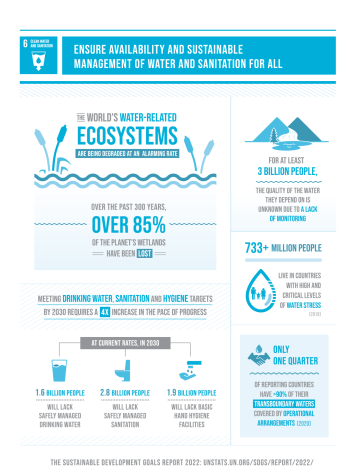
However, definitions of clean water can vary from person and location.
“When I moved to Florida and they had a different water system, I was like ‘This water is disgusting’, but it was still clean water,” she said. “Ideally, clean water or good water is not going to make you sick or has the potential to make you sick. It’s not going to have extensive amounts of turbidity, suspended solids, or organics.”
Over the last eight years, Mercer University has sent faculty and students to rural cities in the Dominican Republic to aid in their effort for accessible, safe water. A United Nations report shows that although 96% of the Dominican population has access to a public water system, this is skewed toward urban areas.
“The proportion of the population using safely managed sanitation services, including facilities for hand washing, has been calculated around 54.4 %,” the report said of the Dominican.
The Centers of Disease Control and Prevention reports that globally 785 million people do not have access to basic water services and more than 884 million people do not have safe water to drink.
According to the African Wildlife Foundation, the average American family uses 552 gallons of water each day. In comparison, the average family in the continent of Africa uses five gallons a day.
Despite such an overwhelmingly large use of water, the United States is not exempt from water crises. In the United States, nearly 500,000 people lack access to complete plumbing. This means limited access to hot and cold water, a sink with a faucet, and a bath or shower, as stated by nature.com.
The United Nations has a water access goal to “reach universal coverage” by 2030, but this means increasing the work toward this goal by four. The UN says this goal would save 829,000 lives annually.
Dr. Craig McMahan ,who oversees the Mercer On Mission program, said the focus of the university’s global water work is on improved water.
“We’ll talk about improved water because we can’t always get what we would call clear and purely clean water, but we can get improved water sources and systems,” he said.



